
How to Care for Mums
ADVERTISEMENT
I was given a potted mum five years ago and have kept it blooming every year by "winterizing" it. I cover it with the cut dried up flowers and stems of the plant, add some leaves, cover with chicken wire (to keep all in place) weighted down with bricks. This spring, I was able to divide the plant into three and all three did well. I'm in zone 5, and some of our winters are brutal with cold and wind. This winter is forecast to be even worse, so time will tell how my mums survive it.
Potted mums purchased in autumn will often overwinter with little effort, at least mine do. I do repot them when I bring them home, however. Most people leave them in their plastic tubs and simply dispose of them after bloom. I look forward to a few hours in the cool garage in fall, potting up the new mums - there's always a new color that catches my eye, too. Standard, inexpensive potting soil, no need for fertilizer. I only buy mums that are just starting to bloom or have only buds - obviously, they last longer. When they are done blooming and repeated nightly frosts are likely, I take them into the garage: detached, unheated. I let the greenery fade a little, then I cut them down. There is always new green hidden at the base of the plant. The article suggests leaving the greenery and giving some water overwinter - I may try that on a few as an experiment this year, but previously I have not watered or left green. In spring, around mid-April, I just set them outside, give them a drink and wait. Within 2 weeks they are greening up again. Once in a while one might not return, but usually they all do if they are a single season old. I've had many, many that return for a third year! I know this is not supposed to happen, but it does! Now, they take all summer to keep growing and get buds. Mine from last year are just starting to flower now - some need another couple weeks. They usually double in size, too. It's fun remembering the colors I have as they open. A few big pots of greenery all summer are nice to place strategically around and I also like to keep a big grouping of them all together in another area, then bring them out front as they flower. Of course this will tie up your pots for a couple years but I have plenty of pots now. I still buy new mums yearly to replace the ones that won't make after a second or third bloom, so the pots get rotated. Give it a try, even with a few, just to see what happens!
This was extremely helpful! Thanks
I did the same exact thing one year. I planted potted mums from the supermarket along the border of the garden not expecting them to survive the winter but they did. They survived for 3 years until we had a very wet winter which killed them.
I'm not a gardener. I had a plant that I planted last fall, after the blooms were gone. I summer in PA, and when I returned here, the plant had survived the winter, and grown to about two feet. Should I cut it back? Do you think it will bloom again?

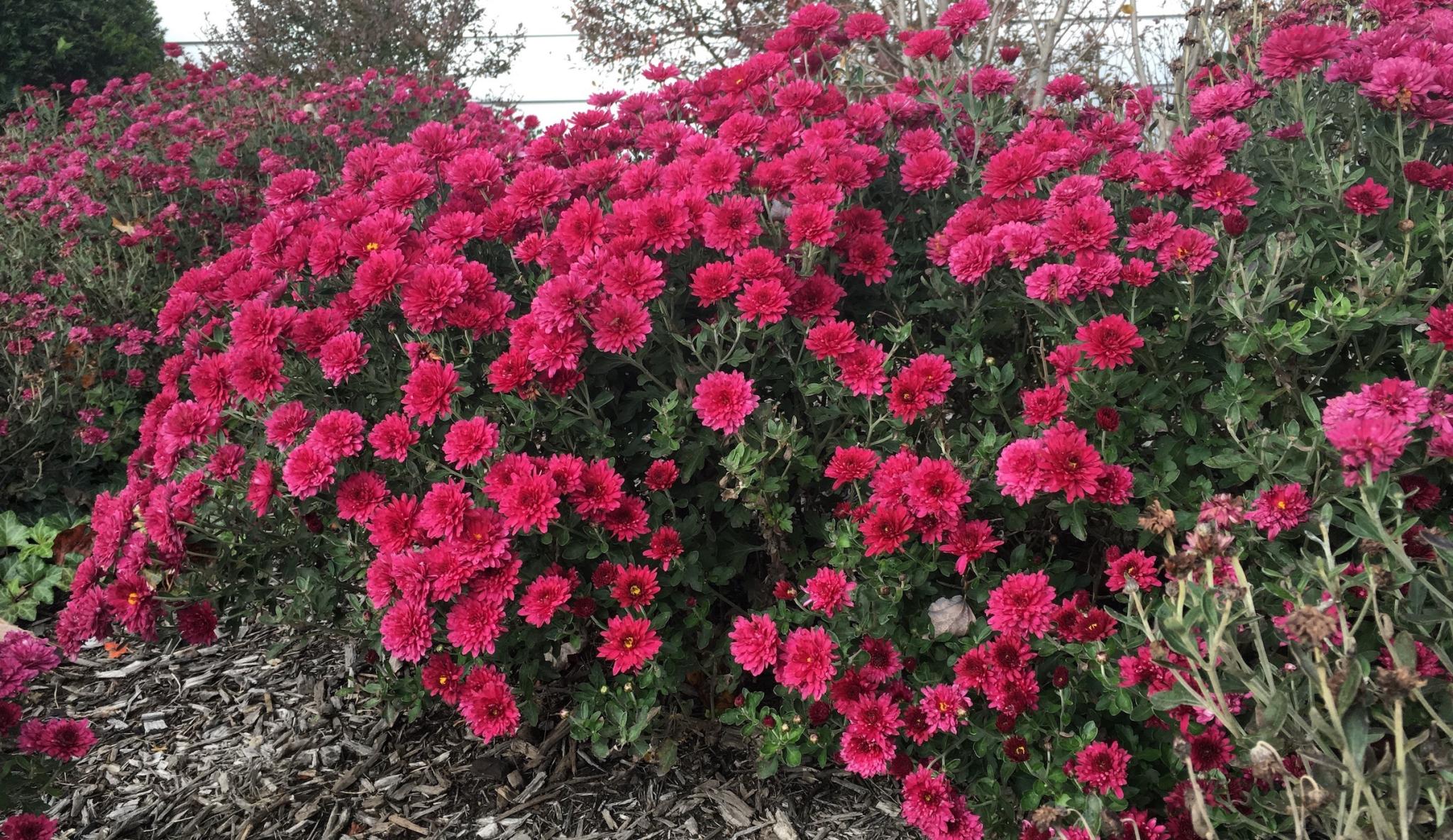
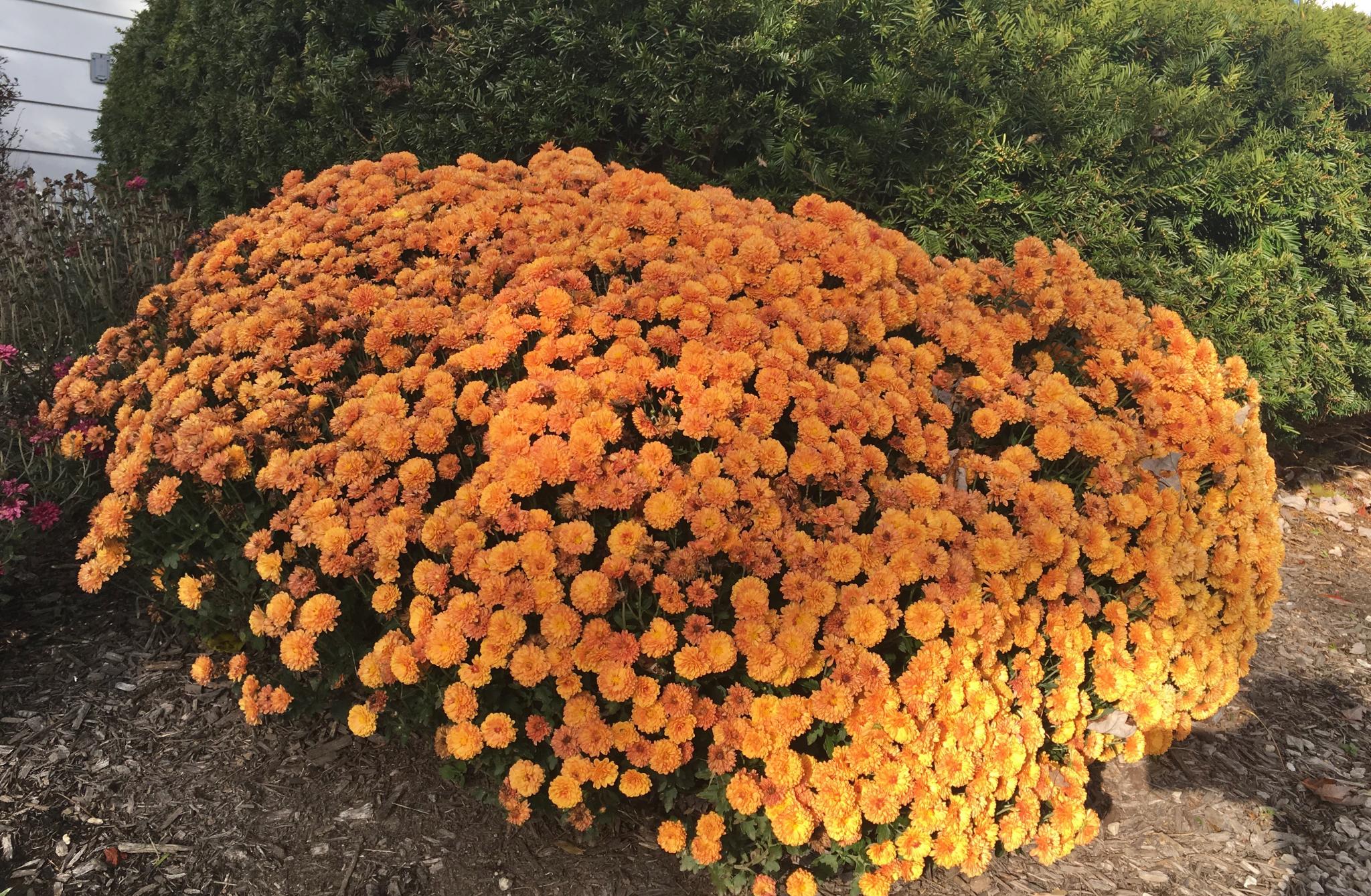
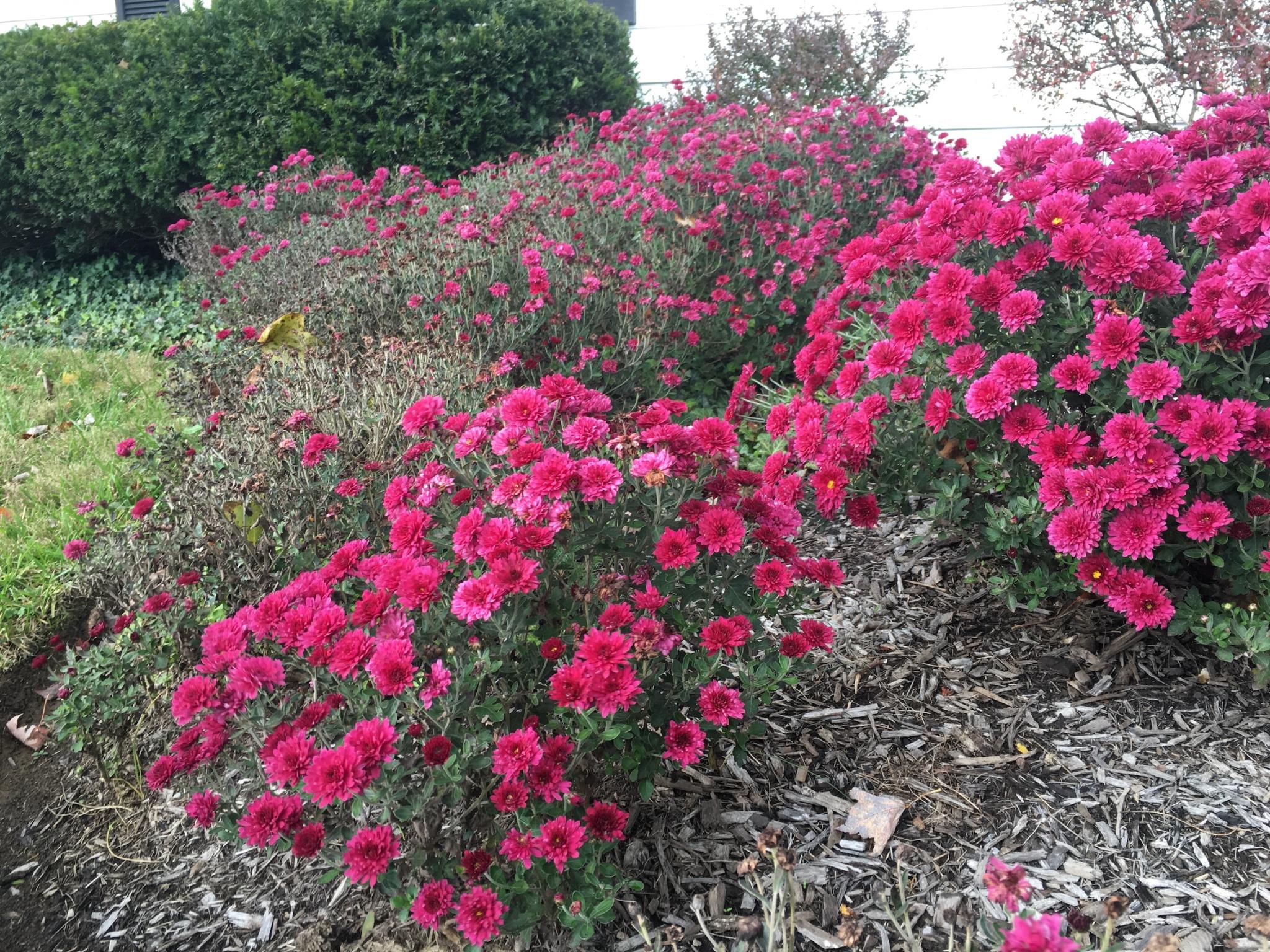
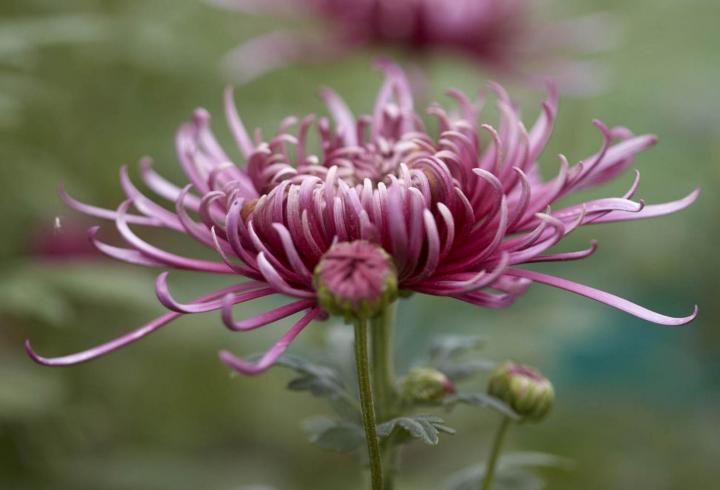 Image: Pink Spider Chrysanthemum. Credit: EdenGardenGr.
Image: Pink Spider Chrysanthemum. Credit: EdenGardenGr.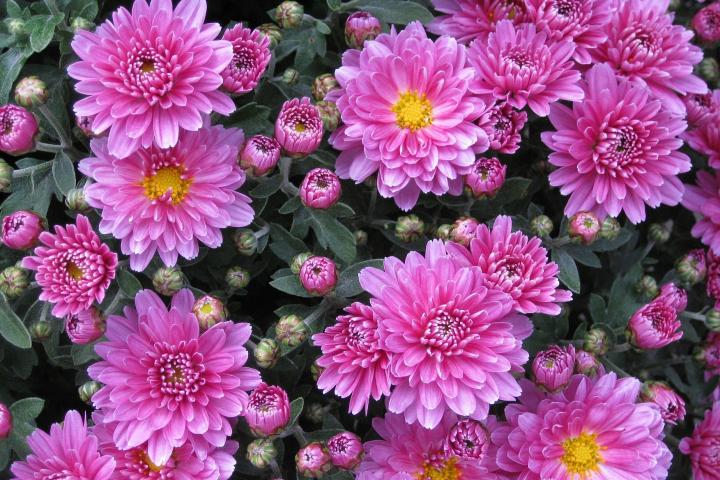








Comments